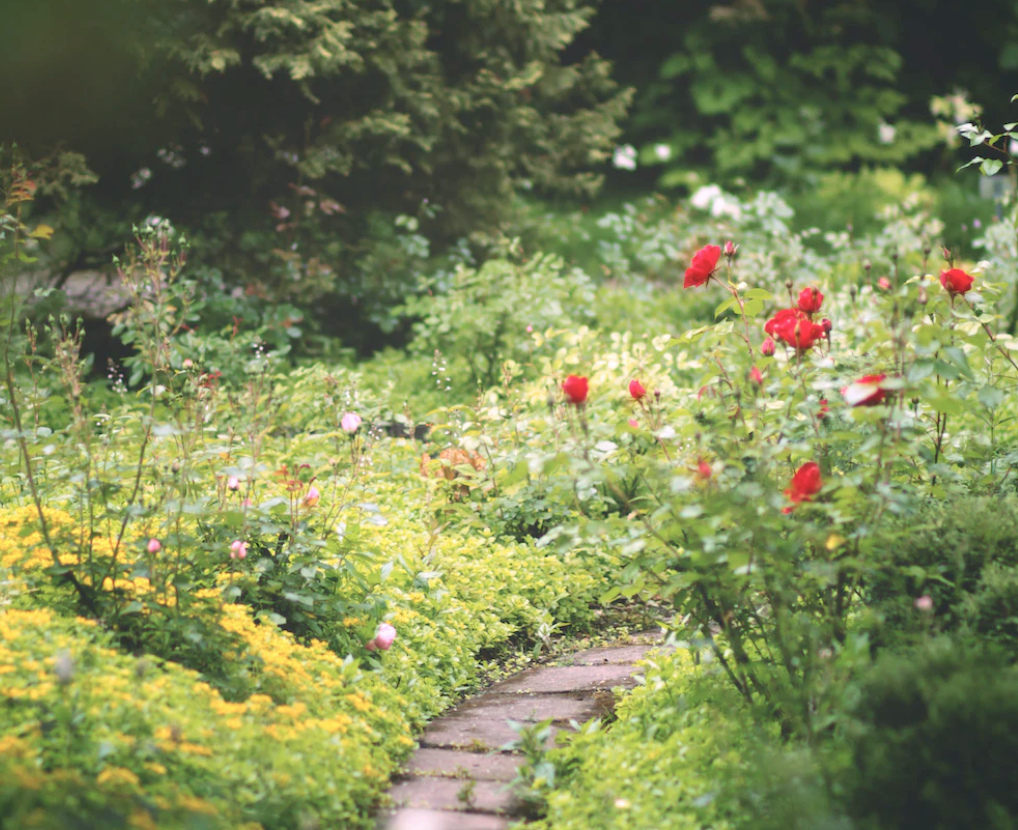
Gardening can be a true pleasure. Watching things you’ve planted take root and grow is incredibly satisfying. Of course, it can also be exhausting and time-consuming. The following will explore a few tools and tricks you might want to keep in mind when caring for your garden.
A Note On Drainage
Before you dive into the beautification process, it is vital that you take a moment to consider the drainage situation in your garden. Too much drainage and you’re looking at parched plants. Too little drainage and you’re looking at water-logged, soggy plants. You’ll be able to tell if there are drainage problems by paying attention to your yard and garden. If there are dry patches that go yellow, you likely have a drainage issue. Likewise, if there are sections where water pools in after the rain has fallen and forms mud puddles, you probably have drainage issues.
The good news is that drainage issues are relatively easy to address and fix. You can tackle most of them yourself, but you can also work with a trusted landscaper if you feel like you need help. The reason you do this before you begin caring for the rest of your garden is that sometimes, drainage work requires you to pull up the grass or other features to add rocks or other things beneath the soil. There’s no point in putting in a ton of garden work only to discover you need to do it again once you’ve fixed what’s happening below the ground.
Tools For The Big Pieces
If you have a garden filled with trees or other larger elements, you’re probably going to want tools that can handle those. In particular, the branches of larger trees need to be trimmed if they are at risk of falling onto vehicles or constructions during a storm. Tree branches can cause a lot of damage if they’re not tended to. Take the time to read through some reviews on chainsaws, either for close proximity or extension saws; Backyard Mike has a nice summary of the more popular options. Of course, be sure to follow proper safety precautions as well as your manufacturer’s guidelines. If you plan on taking an entire tree down, make sure you know how to do this properly. If you don’t, get educated or work with a professional for the first one so that you can be sure you’re encouraging the tree to fall in the safest possible direction.

Non-Plastic Watering Can
The influence plastic is having on our lives is undeniable. In particular, microplastics are a serious issue. Not one water source on earth is free of microscopic flakes of plastic—plastic is even now being found in human blood. When you leave water sitting in plastic, particularly if the temperature changes (it gets hot and sunny at midday or gets chilly in the evening), flakes of plastic leech into the water. When you water your plants, those plastic flakes enter the natural ecosystem where they wreak havoc. This is particularly important if you’re growing anything you’re planning on eating. You don’t want tomatoes gone plump with plastic, now do you? If you think the amount of plastic is too small to cause any problems, just realize that the average human swallows a credit card’s worth of plastic every week, and plastic is a known hormone disruptor (hormones are linked to mood, sleep, appetite, weight gain, energy levels, libido, and fertility). Beyond this, you want to be sure that you’re not under the impression that BPA-free plastic is a safe alternative. It’s not. BPA-free simply means that one of many toxic chemicals isn’t present in the plastic. Get yourself a stainless steel watering can. Your plants and the planet will thank you.
Knowledge Of Dynamic Accumulators
Plants, just like people, need nutrients. The issue is that the topsoil in many places has been depleted of these nutrients. One fantastic solution to this problem is to scatter dynamic accumulators throughout your garden. These are plants that have deep-reaching roots. They stretch out their roots and absorb nutrients deep in the ground that most plants can’t reach. When the leaves fall off these plants in the autumn and are left to degrade atop the soil’s surface, they fill the topsoil with nutrients that your plants with shorter roots can use all season. Planting dynamic accumulators and leaving their leaves on the ground over the winter is an excellent way to have lush, thriving plants.
The above information should have given you a few ideas for simple improvements you can make to your garden. With the right tools and knowledge, your little slice of nature can become a haven.






